Remember when we’d spend hours in front of the mirror, armed with hairspray, bobby pins, and determination to achieve those magazine-worthy looks? Back in our day, hairstyles weren’t just fashion statements—they were commitments that required daily maintenance rituals, specialized products, and sometimes even sleeping in uncomfortable positions! While we may occasionally feel a twinge of nostalgia when we see old photographs, most of us are quietly grateful that these high-maintenance trends have gracefully exited the style scene.
1. The Beehive (1960s)
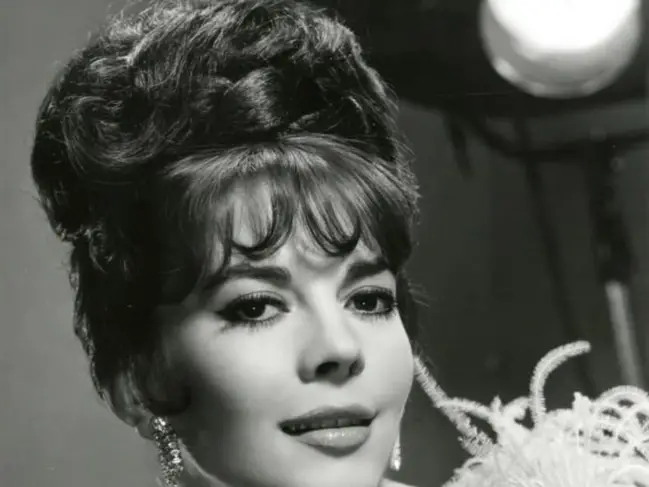
The towering beehive hairstyle defined the early 1960s with its impressive height and gravity-defying structure. Women would backcomb their hair for what felt like hours, creating a matted foundation that could be shaped into that perfect dome, then seal it with enough hairspray to deplete the ozone layer. The finished product could stand up to wind, rain, and sometimes even last for days—provided you slept sitting up or mastered the art of wrapping your entire head in toilet paper before bed. HowStuffWorks styles the gravity-defying mechanics of this unique look.
Maintaining a beehive wasn’t just time-consuming; it was downright uncomfortable and potentially dangerous for your scalp and hair health. The heavy backcombing created painful tangles that could take hours to brush out, while the industrial-strength hairspray made your locks feel like brittle straw after a few weeks. Many women developed scalp issues from infrequent washing (who wanted to rebuild that architectural wonder daily?), and urban legends even circulated about spiders making nests in particularly neglected beehives!
2. The Farrah Fawcett Feathered Look (1970s)
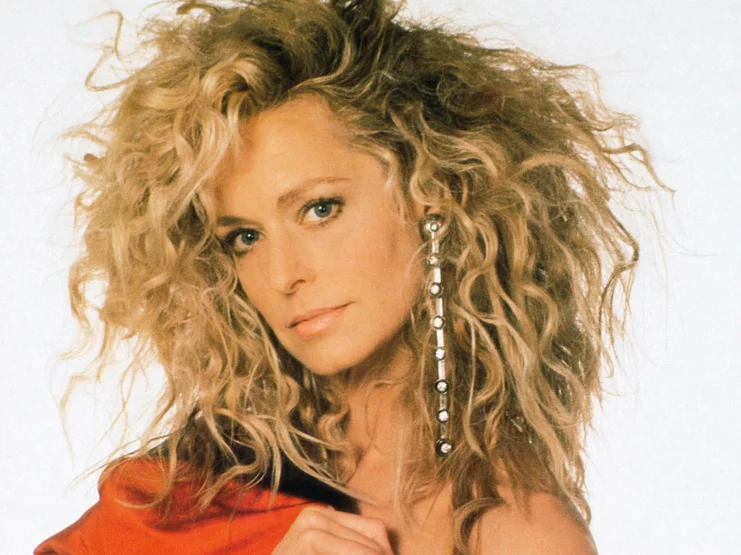
Farrah’s iconic feathered hairstyle had women everywhere rushing to their stylists with her poster in hand, demanding those perfectly flipped wings and soft layers. Achieving this look required precise cutting by a skilled stylist, plus daily blow-drying with a large round brush, section by meticulous section, until your arms felt like they might fall off. The finishing touch involved strategic backcombing at the crown and carefully positioned hot rollers to create that signature volume and movement that somehow looked effortlessly casual. WWD offers a look through Fawcett’s style through the years, showing the evolution of her look and how she evolved pop culture.
The morning routine for maintaining the Farrah look could easily add 45 minutes to your daily regimen, making early meetings a constant challenge. Women with naturally curly or very straight hair faced an even more daunting battle, often resorting to chemical treatments to achieve the right texture base for feathering. Many of us eventually admitted defeat when humidity, rain, or simple time constraints made maintaining those perfect feathers about as realistic as actually becoming one of Charlie’s Angels.
3. The Jheri Curl (Late 1970s-1980s)
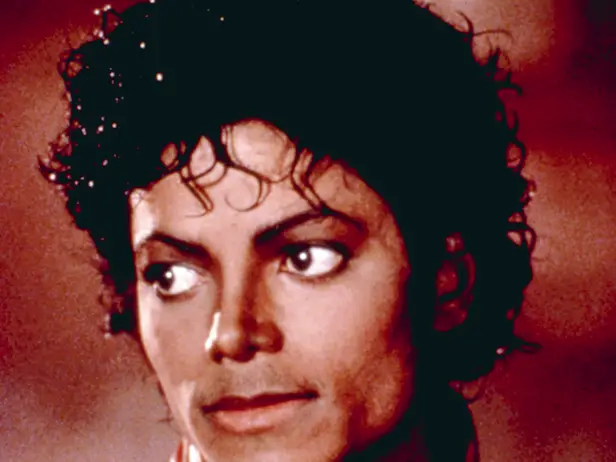
The Jheri curl promised an attractive, glossy alternative to natural hairstyles and relaxers, becoming a cultural phenomenon after celebrities like Michael Jackson and Lionel Richie popularized the look. Achieving the Jheri curl required a two-step chemical process that transformed tight curls into looser, shinier versions that cascaded down from the crown. The initial treatment was just the beginning of what would become an expensive, time-consuming relationship with specialized products that kept those curls looking fresh and moist. UNice Hair asserts that this style is actually quite timeless and has a modern appeal to it.
The maintenance routine was nothing short of oppressive—daily applications of curl activator and moisturizers that left a slick residue on everything from clothing to furniture to car headrests. The constant wetness meant your pillowcases needed plastic covers, and heaven forbid you’d get caught in the rain without an umbrella, as water could disrupt the careful chemical balance of your curl pattern. The average annual cost for maintaining this style could reach into the hundreds of dollars just for products, making it as much a financial commitment as an aesthetic one.
4. The Mullet (1980s)

The infamous “business in front, party in the back” hairstyle somehow convinced an entire generation that this jarring combination looked presentable in professional and social settings alike. Getting the right mullet cut required finding a stylist who could balance the short, conservative front with the wild, flowing back—a task that proved challenging as many reputable salons quietly refused to create mullets even at the height of their popularity. Once cut, the style required regular trims to maintain the distinctive contrast between the short crown and longer back sections.
Styling a mullet daily proved trickier than expected, with the different lengths requiring different products and techniques—gel or mousse for the top, conditioning treatments for the back, and constant vigilance to ensure the two zones remained visually distinct. Men with naturally curly hair faced particular challenges, as the longer back section could quickly turn from “flowing mane” to “unintentional perm” without proper care. The walk of shame eventually came when growing out a mullet, when the awkward mid-length phase left former mullet-wearers with few styling options beyond hats or complete restarts.
5. The Flattop (1950s-1990s)
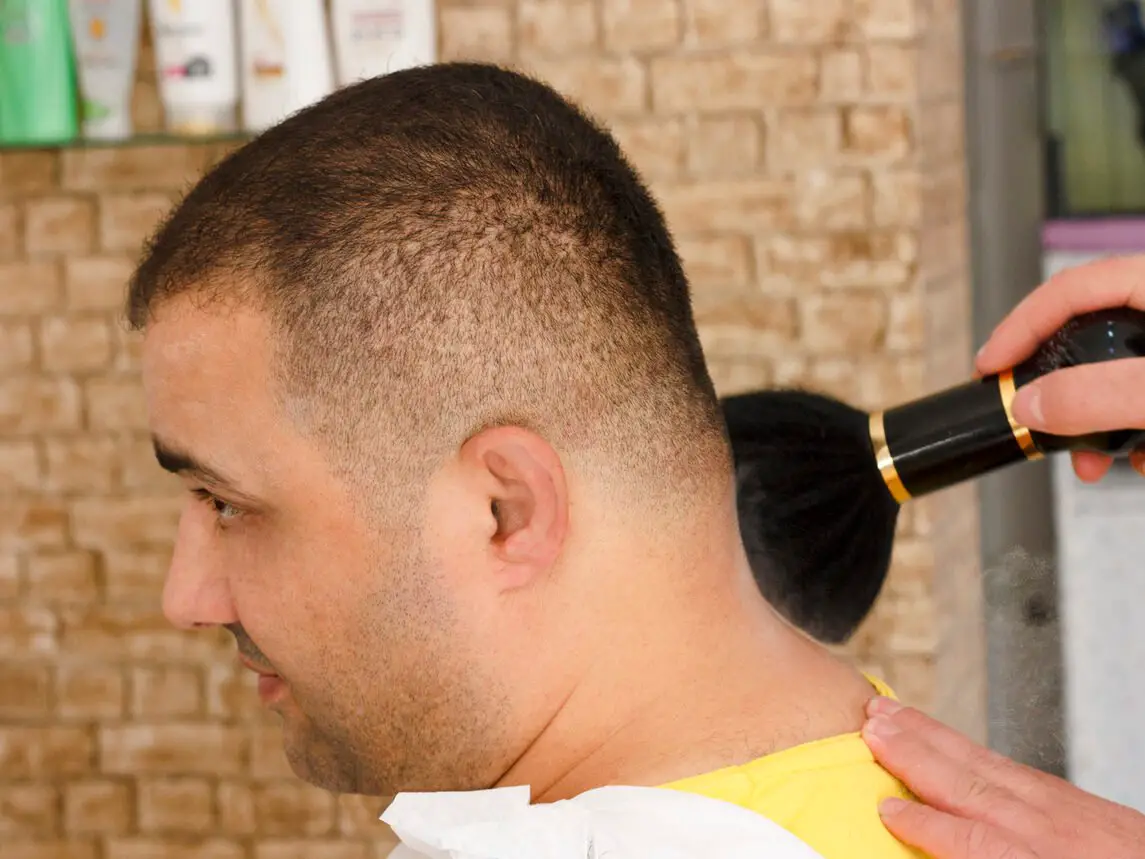
The military-inspired flattop gave men a structured, geometric look that required precision cutting and daily styling to maintain its architectural perfection. Creating that perfectly level “deck” on top required a skilled barber with specialized tools, including flat combs and even spirit levels for the most exacting practitioners. The sides needed to be perfectly tapered, creating a silhouette that was equal parts disciplined and dramatic.
Daily maintenance involved copious amounts of strong-hold products—typically heavy waxes or gels—worked meticulously through damp hair and then blow-dried while combing upward to create the necessary height. The style needed refreshing every 2-3 weeks with professional trims, making it one of the more high-maintenance men’s styles in history. For those with naturally curly or very fine hair, the flattop could become a daily battle against nature, requiring even more product and time to achieve that signature crisp, level appearance.
6. The Perm (1980s)
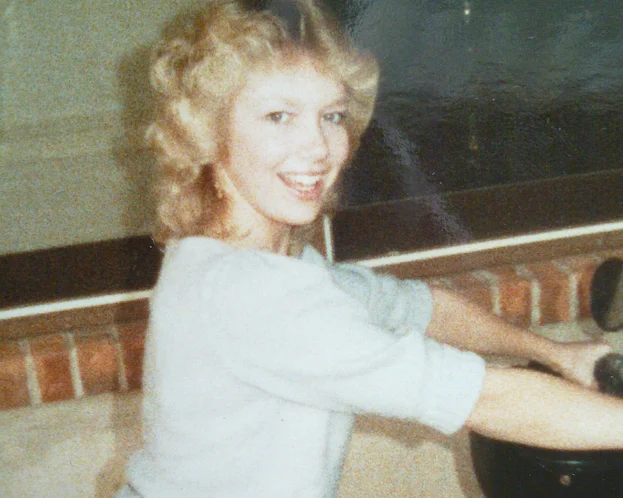
The 1980s perm promised natural-looking curls but delivered chemically damaged hair that often resembled a poodle’s coat more than the soft waves shown in magazines. The chemical process could take hours at the salon, with tiny rods wrapped painstakingly through sections of hair, followed by the application of solutions that literally broke and reformed the hair’s structure. The distinctive smell of perm solution would linger for days, announcing your beauty choice to everyone within smelling distance.
Post-perm maintenance was a delicate balancing act between keeping curls defined and preventing them from turning into a frizzy disaster. Special shampoos, deep conditioners, and styling products added significant time and expense to hair care routines. The most frustrating aspect was the inevitable awkward growing-out phase, where new straight growth met old curled ends, creating a bizarre two-textured look that no amount of styling could fully disguise.
7. The Pompadour (1950s)
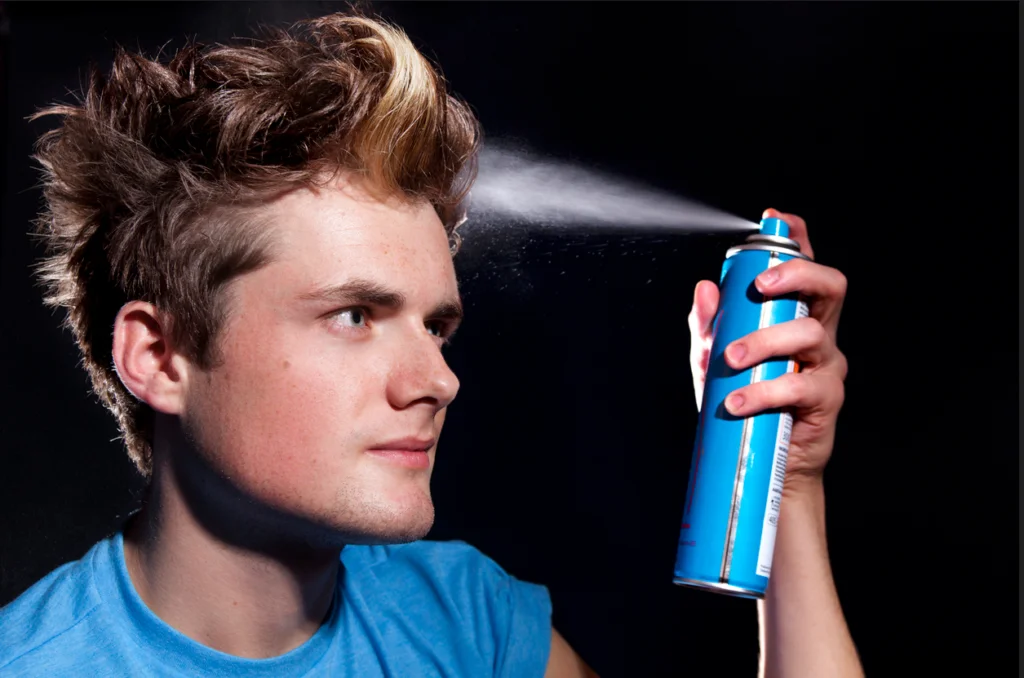
The classic pompadour, popularized by Elvis Presley, required substantial natural hair length on top and daily styling with heavy products to achieve its signature height and backward sweep. Men would start by applying liberal amounts of pomade to damp hair, then carefully comb the front section upward and backward, creating that dramatic wave-like formation at the front. The sides needed to be kept relatively short through frequent trimming, creating a stark contrast with the voluminous top.
Maintaining the perfect pompadour meant carrying a comb at all times for emergency touch-ups, as wind, humidity, or even a quick nap could deflate or disrupt the carefully crafted shape. The heavy pomade products left greasy residue on pillowcases, hands, and anything else that came into contact with the hair, requiring daily cleaning of brushes and combs. For those with naturally fine or straight hair, achieving enough volume often meant sleeping with various contraptions or curlers to create the base structure needed for the style.
8. The Rachel (1990s)
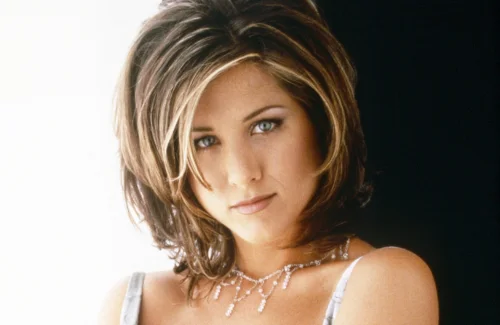
Jennifer Aniston’s layered shag haircut from “Friends” launched thousands of salon appointments as women everywhere demanded “The Rachel” with its face-framing layers and highlighted dimension. The cut itself required a master stylist who understood how to create those distinctive chunky layers that somehow remained connected while giving movement and bounce to the overall style. Most women quickly discovered that the haircut was only half the battle—the real challenge came when trying to recreate the salon styling at home.
Achieving the perfect Rachel required round brushes in multiple sizes, a high-quality blow dryer, and often flat irons to finish certain sections—plus the coordination of an octopus to manage all these tools simultaneously. The precision needed to flip each layer just so meant many women spent upwards of an hour on their daily styling routine, only to have it collapse by lunchtime. By the time many perfected their technique, Aniston herself had already moved on to a different style, later admitting that even she found “The Rachel” difficult to maintain without professional help.
9. The Bouffant (1960s)
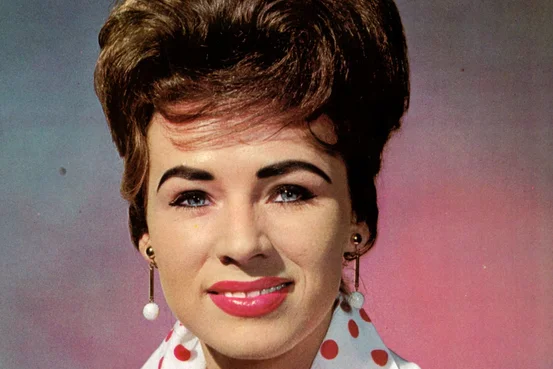
The sophisticated bouffant offered women a voluminous, elegant silhouette that suggested refinement while demanding extraordinary patience and numerous hair products. Creating the foundation for this style involved extensive backcombing of the crown section, followed by careful smoothing of the outer layer of hair to conceal the teased under-structure. Women would finish with a heavy application of hairspray to cement the creation in place for as long as possible—sometimes days at a time.
The completed bouffant required sleeping with a satin bonnet or on satin pillowcases, and many women developed neck pain from adjusting their sleeping positions to preserve their hairstyle. Washing and restyling a bouffant was such an ordeal that many salon appointments were scheduled just for maintenance, with weekly washing becoming the norm rather than the exception. The accumulation of products, combined with infrequent washing, often led to scalp irritation and even hair loss for devoted bouffant wearers who maintained the style for years.
10. The Mohawk (1970s-1980s)
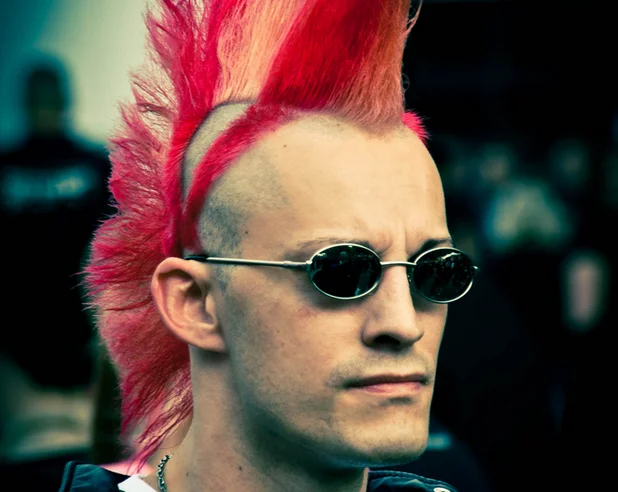
The rebellious mohawk made a dramatic statement with its shaved sides and central strip of hair standing at attention down the center of the head. Creating an authentic mohawk meant either shaving the sides yourself (often with mixed results) or finding a barber brave enough to create such an anti-establishment look during conservative decades. The center strip needed to be grown out to sufficient length before it could achieve the impressive height that defined a true mohawk.
Daily styling required washing out yesterday’s product, then applying generous amounts of strong-hold gel, hairspray, egg whites, or even actual glue to train the center hair to stand completely vertical. More extreme versions used Elmer’s glue or even Knox gelatin mixed with water to create a cement-like hold that could withstand club environments or mosh pits. The commitment extended beyond just hair maintenance to lifestyle adjustments—car ceilings, doorways, and conventional jobs all became more challenging to navigate with several inches of rigid hair pointing skyward.
11. The Rattail (1980s-Early 1990s)
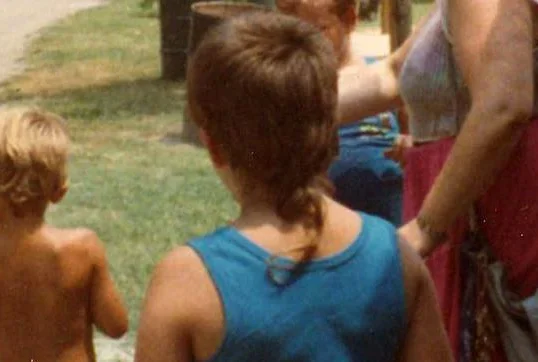
The rattail combined conventional short hair with a single, long strand at the nape of the neck—creating a look that somehow appealed to kids and teenagers despite (or perhaps because of) parental disapproval. Creating the style required regular maintenance of the short portion while carefully protecting the “tail” during haircuts, often by tucking it into a shirt or wrapping it in foil. The contrast between the neatly trimmed main haircut and the long, often scraggly tail created a jarring visual that nevertheless became a cultural phenomenon.
Maintaining the rattail meant washing, conditioning, and often braiding the lonely strand to prevent tangles or breakage, while ensuring it remained visible enough to justify its existence. Boys with rattails endured endless teasing, occasional grabbing of the tail by bullies, and constant pressure from adults to “just cut that thing off already.” The final farewell to the rattail often came during the transition to high school or first serious relationships, when suddenly appearance priorities shifted toward more conventional acceptability.
12. The Huge 1980s Bangs
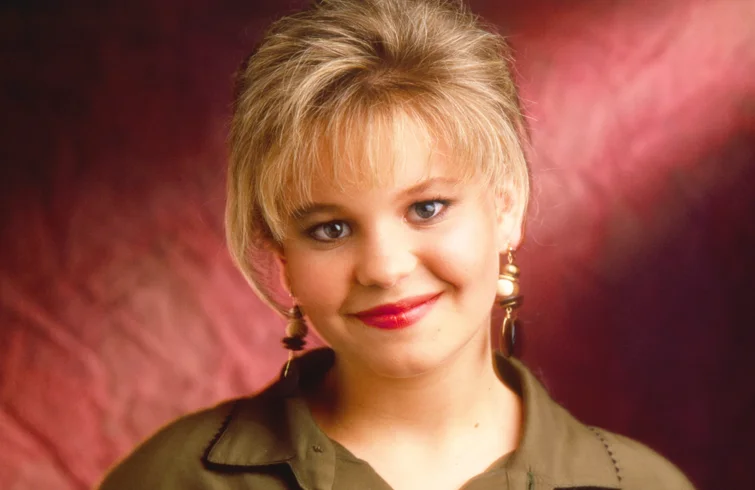
The gravity-defying wall of bangs that defined 1980s hair fashion required hot rollers, blow dryers, round brushes, and enough hairspray to make environmentalists weep. Women would wash just their bangs nightly (preserving the rest of their hairstyle), then roll them on large curlers, blow-dry, remove the curlers, backcomb the base, and carefully arrange the front wall before securing it with multiple applications of maximum-hold spray. The height achieved could add several inches to one’s vertical measurement, creating a distinctive silhouette visible from across any mall food court.
The completed bang structure was vulnerable to wind, rain, humidity, and even sudden movements, requiring emergency hairspray touch-ups throughout the day. Many women carried travel-sized hairspray in purses, cars, and lockers, prepared to reinforce their hair architecture at a moment’s notice. The long-term effects included damaged hair from heat styling and chemical products, discoloration from product buildup, and hundreds of hours of life spent arranging what amounted to about three inches of hair.
Looking back at these labor-intensive hair trends reminds us that sometimes the most fashionable choice isn’t always the most practical. Today’s more wash-and-wear styles have freed us from the tyranny of rollers, excessive products, and styling routines that consumed precious morning hours. While we might occasionally miss the dramatic results of these high-maintenance looks, most of us are perfectly content to flip through old photo albums rather than return to these demanding hair relationships—leaving us more time to focus on making memories instead of making our hair behave!


